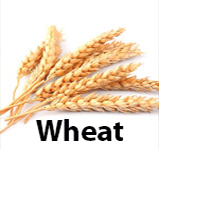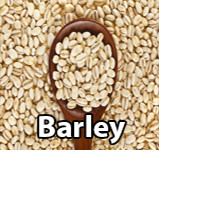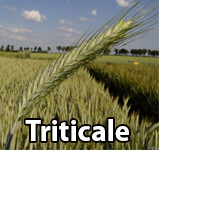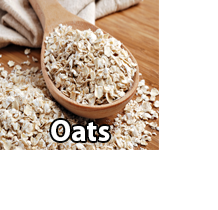Rheumatoid arthritis is a chronic inflammatory disorder that can affect more than just your joints. In some people, the condition also can damage a wide variety of body systems, including the skin, eyes, lungs, heart and blood vessels.
An autoimmune disorder, rheumatoid arthritis occurs when your immune system mistakenly attacks your own body's tissues.
Unlike the wear-and-tear damage of osteoarthritis, rheumatoid arthritis affects the lining of your joints, causing a painful swelling that can eventually result in bone erosion and joint deformity.
The inflammation associated with rheumatoid arthritis is what can damage other parts of the body as well. While new types of medications have improved treatment options dramatically, severe rheumatoid arthritis can still cause physical disabilities.
Symptoms
Signs and symptoms of rheumatoid arthritis may include:- Tender, warm, swollen joints
- Joint stiffness that is usually worse in the mornings and after inactivity
- Fatigue, fever and weight loss
Early rheumatoid arthritis tends to affect your smaller joints first —
particularly the joints that attach your fingers to your hands and your
toes to your feet.
As the disease progresses, symptoms often spread to the wrists,
knees, ankles, elbows, hips and shoulders. In most cases, symptoms occur
in the same joints on both sides of your body. About 40 percent of the people who have rheumatoid arthritis also
experience signs and symptoms that don't involve the joints. Rheumatoid
arthritis can affect many nonjoint structures, including:
- Skin
- Eyes
- Lungs
- Heart
- Kidneys
- Salivary glands
- Nerve tissue
- Bone marrow
- Blood vessels
Rheumatoid arthritis signs and symptoms may vary in severity and may
even come and go. Periods of increased disease activity, called flares,
alternate with periods of relative remission — when the swelling and
pain fade or disappear. Over time, rheumatoid arthritis can cause joints
to deform and shift out of place.
When to see a doctor
Make an appointment with your doctor if you have persistent discomfort and swelling in your jointsYou might also have more-general signs and symptoms, including:
- Mild fever
- Fatigue
- A general feeling of not being well (malaise)
- Loss of appetite
- Unintended weight loss
- Depression













